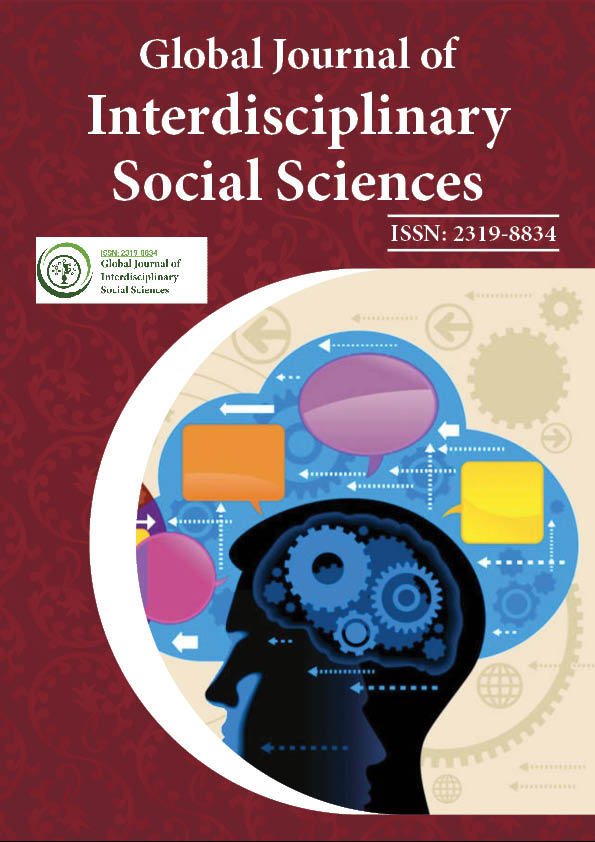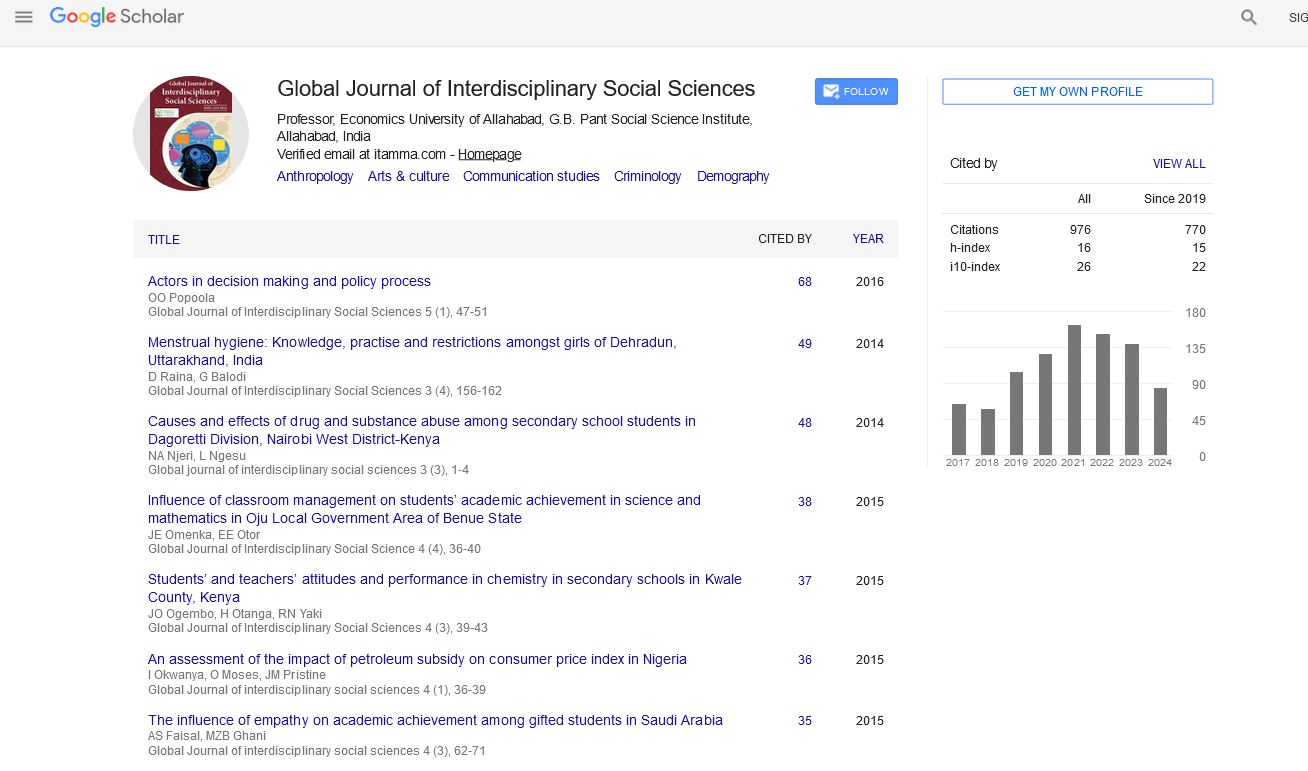Indexed In
- JournalTOCs
- Google Scholar
Useful Links
Share This Page
Journal Flyer

Open Access Journals
- Agri and Aquaculture
- Biochemistry
- Bioinformatics & Systems Biology
- Business & Management
- Chemistry
- Clinical Sciences
- Engineering
- Food & Nutrition
- General Science
- Genetics & Molecular Biology
- Immunology & Microbiology
- Medical Sciences
- Neuroscience & Psychology
- Nursing & Health Care
- Pharmaceutical Sciences
Abstract
Mass Communication: In detail
Andrew K Strauss,
Mass Communication comprises communication with the mass audiences and therefore the name is Mass Communication. It's intra-personal communication, when there's face-to-face conversation between two people it's interpersonal communication, college lecture or speech would be an example of group communication, but there's another level of communication once we read newspapers, magazines, hear Radio or watch TV. this is able to be called ‘Mass communication’ because the message is reached to the masses through different media.
Mass Communication is defined as any robot that multiples messages and takes it to an outsized number of individuals simultaneously’. Face to face conversation is named interpersonal communication, a university lecture or a public speech are going to be samples of group communication, once we are involved in thinking process, it's intra-personal communication. additionally to all or any these sorts of communication we also enjoys yet one more level of communication once we read newspapers, magazines or books, hear radio or watch TV. Because the message is communicated to a really sizable amount of individuals or to a mass of individuals, it's called Mass communication.
Introduction: Mass communication is exclusive and different from interpersonal communication because it may be a special quite communication during which the character of the audience and therefore the feedback is different from that of interpersonal communication. Mass communication is that the term wont to describe the tutorial study of varied means by which individuals and entities relay information to large segments of the population all directly through mass media. Mass communication and mass media are usually considered identical for convenience. The media over which messages are being communicated include radio, TV, newspapers, magazines, films, records, video cassette recorders, tape recorders, internet and need large organizations and electronic devices to place across the message. Mass communication may be a special quite communication during which the character of the audience and therefore the feedback is different from that of interpersonal communication. Mass communication also can be defined as ‘a process whereby mass produced messages are transmitted to large, anonymous and heterogeneous masses of receivers’. By ‘mass produced’ we mean putting the content or message of mass communication during a form suitable to be distributed to large masses of individuals. ‘Heterogeneous’ means the individual members of the mass are from a good sort of classes of the society. ‘Anonymous’ means the individuals within the mass don't know one another. The source or sender of message in mass communication doesn't know the individual members of the mass. Also the receivers in mass communication are physically separated from one another and share no physical proximity. Finally, the individual members forming a mass aren't united. They need no social organisation and no customs and traditions, no established sets of rules, no structure or status role and no established leadership.
We need a sender, a message, a channel and a receiver for communication to follow. Further there is feedback, which is that the response of the receiver, which comes back to the sender through an same or another channel. Another element, which plays a crucial role in communication, is noise or the disturbances. it's observed that the term mass communication must have a minimum of five aspects like Large audience, Fairly undifferentiated audience composition.
Published Date: 2021-03-30;

